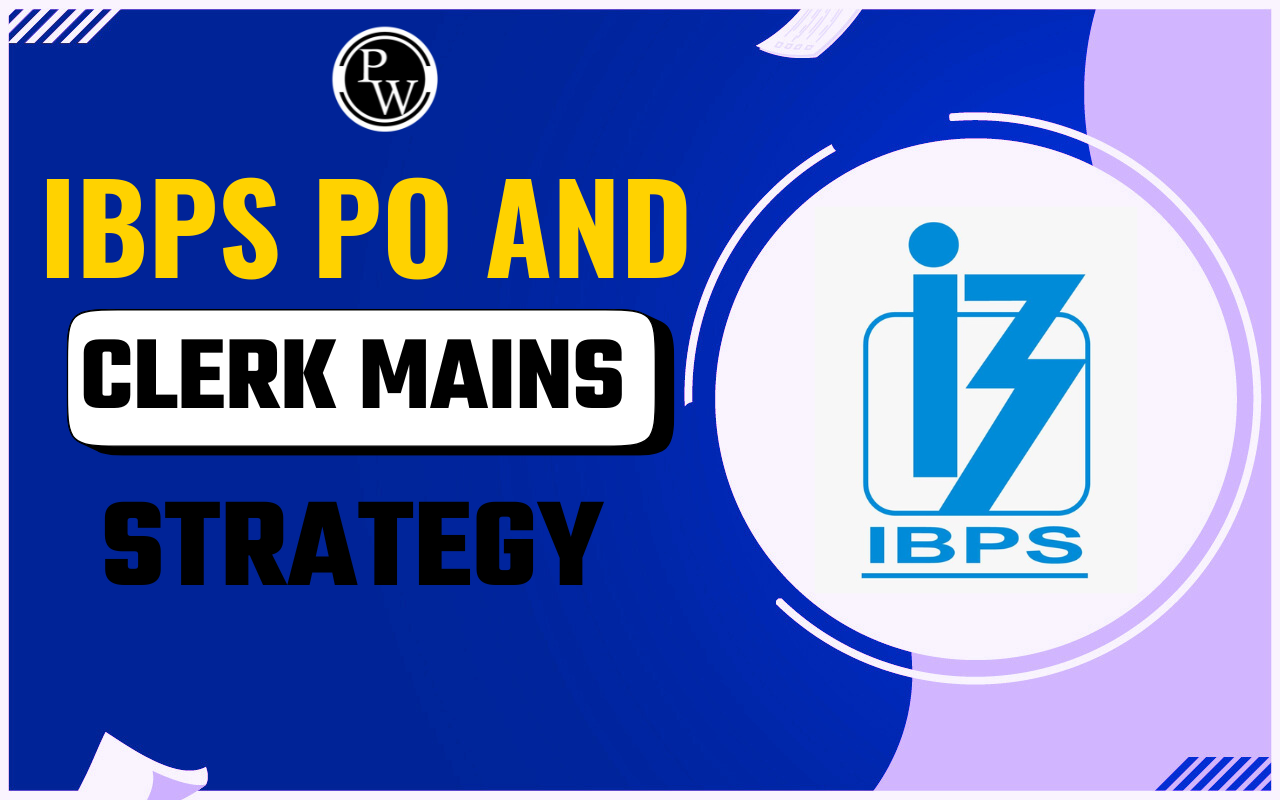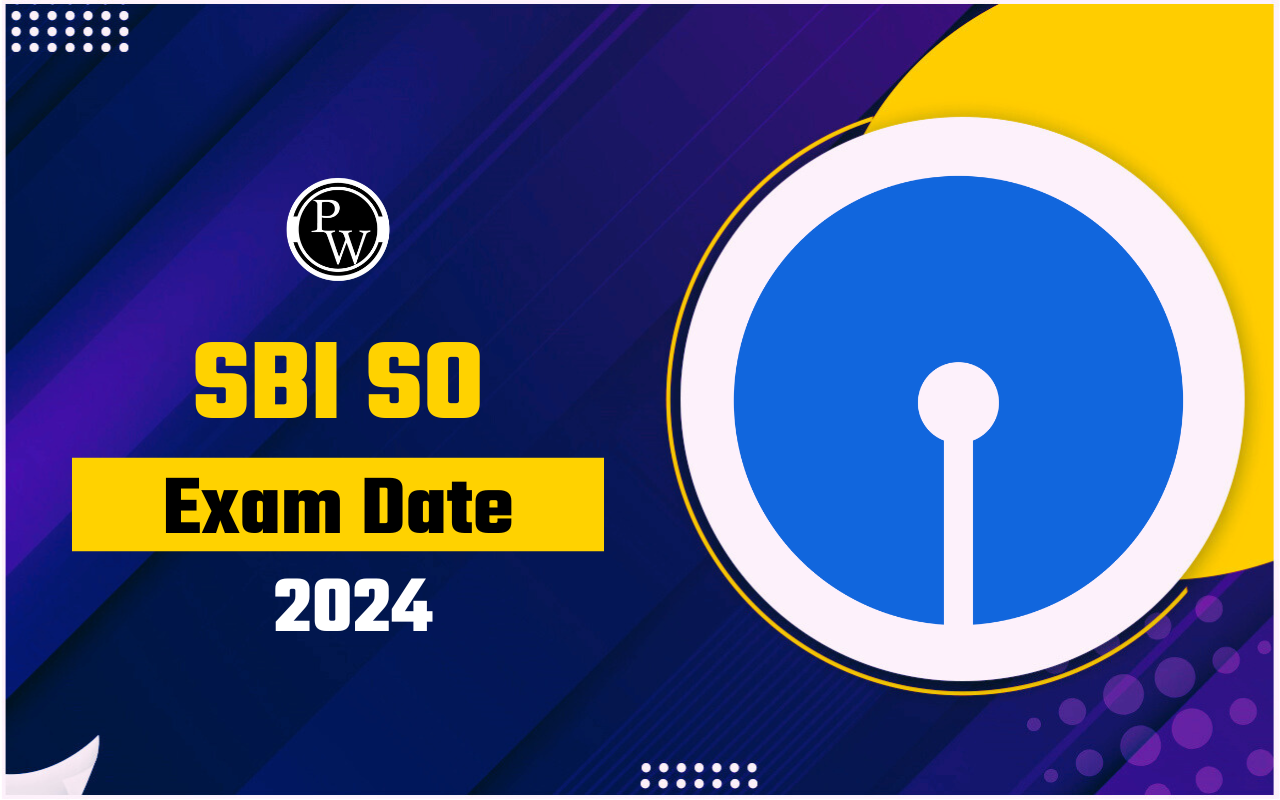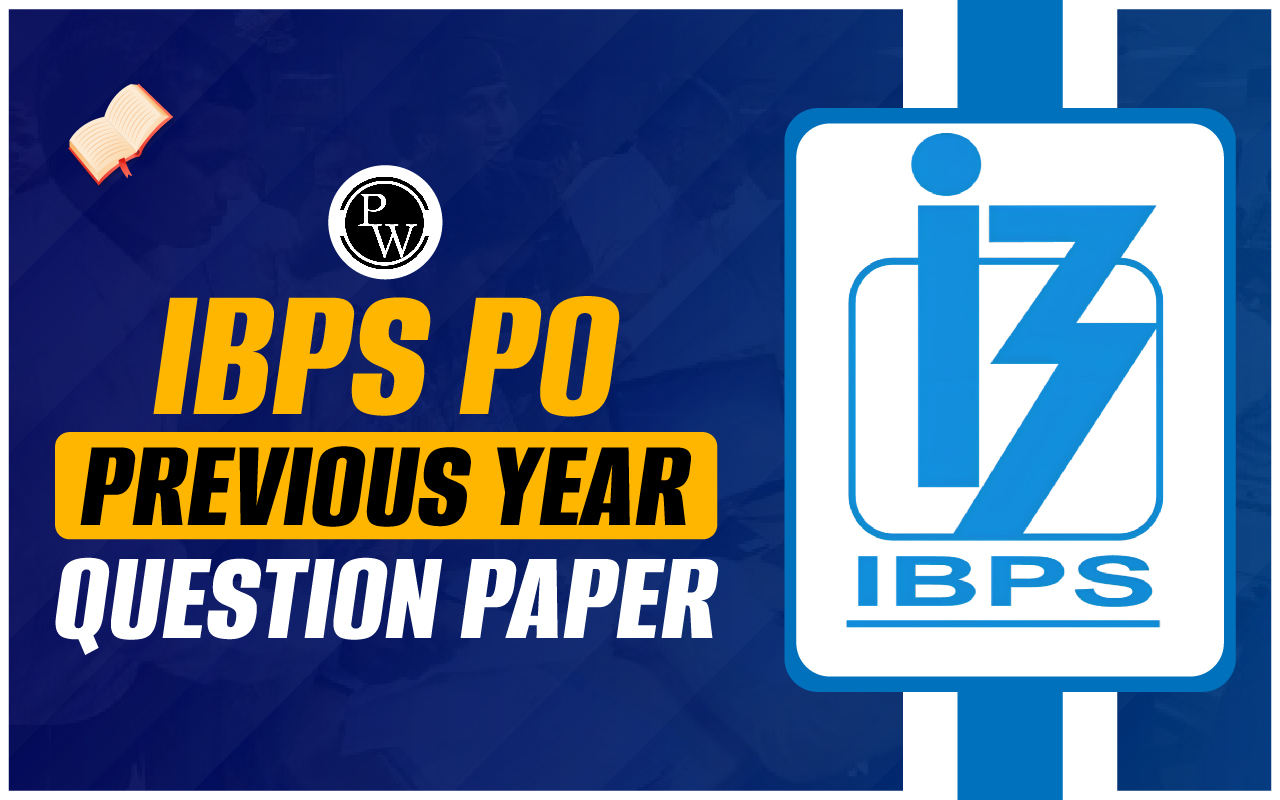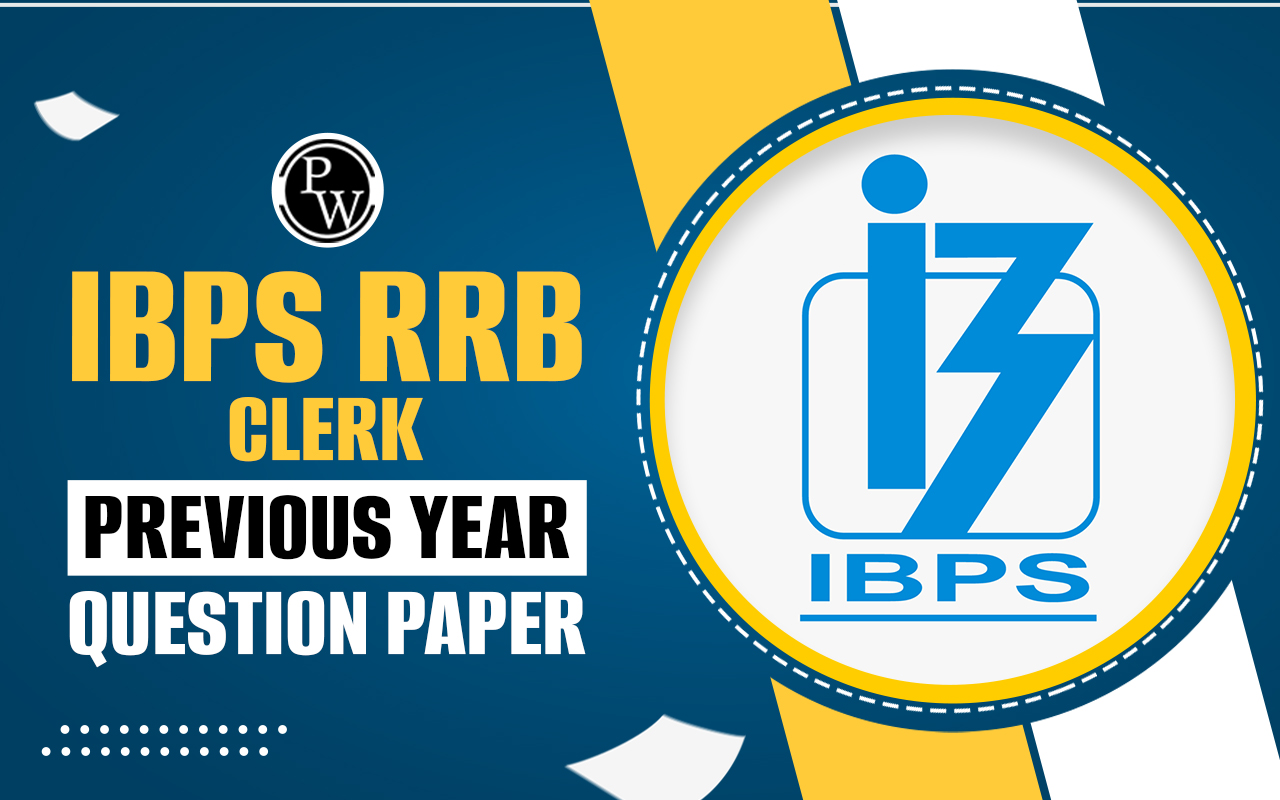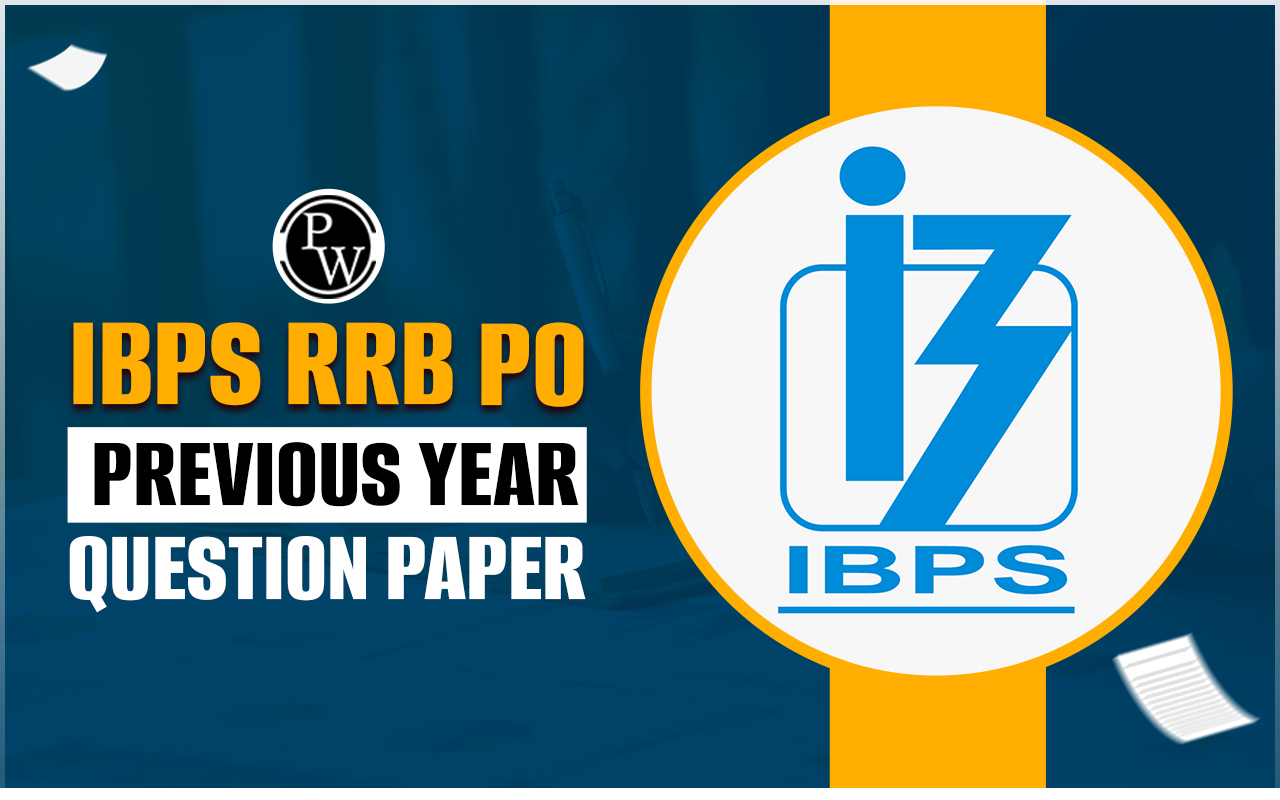
Syllogism
Syllogism is a part of logical reasoning that helps you draw conclusions from given statements. If you’re preparing for competitive exams, understanding syllogism is crucial. Let's break down what syllogism is, the types of statements you’ll encounter, and how to solve these questions step-by-step. Syllogism involves statements and conclusions. You need to assume the given statements are completely true and derive logical conclusions from them. The statements might initially seem confusing, but with practice, you can easily understand and solve them.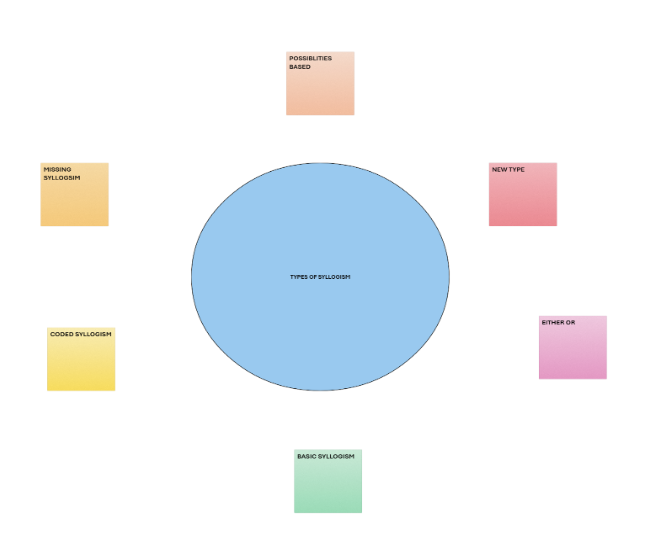
Types of Syllogism Statements
1. All A are B
This means everything in group A is also in group B. Think of it like this: if A is a small circle, it's entirely inside a bigger circle, B.2. A = B
This means A and B are exactly the same. If you have a circle A, it's the same as circle B, meaning both overlap completely.3. No A are B
Here, A and B are completely separate. Imagine two circles that do not touch each other at all.4. Some A are B
This means some parts of A are also parts of B. Picture two circles that overlap a little bit.5. Some A are not B
This means that while some parts of A are in B, there are definitely parts of A that are not in B. So, there's an overlap, but A also has parts outside of B.Key Concepts for Syllogism
Types of Syllogism Statements
1. All A are B This means everything in group A is also in group B. Think of it like this: if A is a small circle, it's entirely inside a bigger circle, B. 2. A = B This means A and B are exactly the same. If you have a circle A, it's the same as circle B, meaning both overlap completely. 3. No A are B Here, A and B are completely separate. Imagine two circles that do not touch each other at all. 4. Some A are B This means some parts of A are also parts of B. Picture two circles that overlap a little bit. 5. Some A are not B This means that while some parts of A are in B, there are definitely parts of A that are not in B. So, there's an overlap, but A also has parts outside of B.Types of Syllogism Questions
1. Basic Syllogism In basic syllogism questions, the conclusions must be 100% true. If there's any doubt, the conclusion is false. 2. Either-Or Case Here, if two conclusions are each 50% true, you consider the either-or case. This means if one conclusion is true, the other one can't be. 3. Coded Syllogism Statements and conclusions are given in a coded form. You need to decode them to find the answer. 4. Sequential Syllogism You are given a set of statements and options. You need to choose the option where the third statement logically follows from the first two.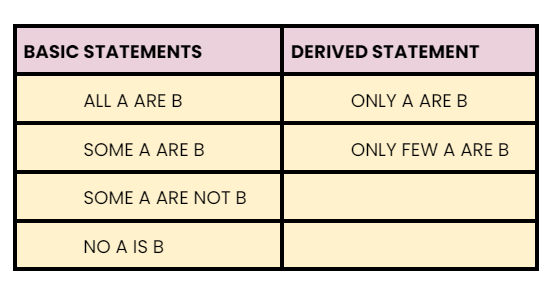
COMPLEMENTARY PAIR
ALL ↔ Some Not
Some ↔ No
Universal Rules for Syllogism
When solving syllogism questions, keep these rules in mind:- All + All = All : If you have two "All" statements, the conclusion will also be "All."
- All + No = No : If you combine an "All" statement with a "No" statement, the conclusion will be "No."
- All + Some = No : If you have an "All" statement and a "Some" statement, the conclusion will be "No."
- Some + All = Some : If you combine a "Some" statement with an "All" statement, the conclusion will be "Some."
- Some + No = Some not : If you have a "Some" statement and a "No" statement, the conclusion will be "Some not."
- Some + Some = No : If you combine two "Some" statements, the conclusion will be "No."
Best Syllogism Examples
Examples: Directions: In the question below are given three statements followed by three conclusions I, II and III. You have to take the given statements to be true even if they seem to be at variance from commonly known facts, Read all the given conclusions and then decide which of the following conclusions logically follows from the given statements disregarding commonly known facts. Statements: Some Liquid are Glass. Some Glass are not Lip Balms. All Lip Balms are Pencil. Conclusions:- Some Pencils being Glass is a possibility.
- All Lip Balms being Liquid is a possibility.
- Some Pencil being Lip Balm is a possibility.
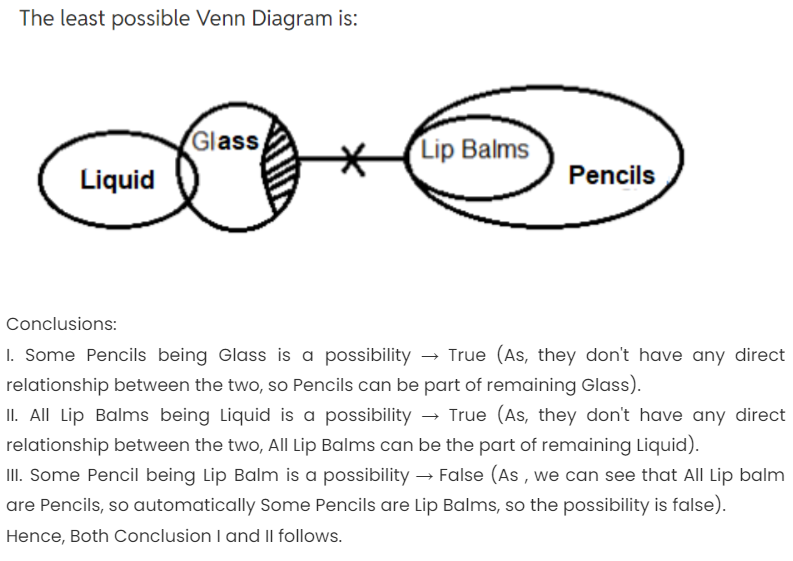 Below questions consist of some statements followed by some conclusions. Study the following information carefully and decide which of the following conclusions logically follows from the given statements disregarding the commonly known facts.
Statements:
Only a few Markers are Pen.
Some Pens are Dark.
Only a few Dark is Red.
All Markers are Black.
Conclusions:
Below questions consist of some statements followed by some conclusions. Study the following information carefully and decide which of the following conclusions logically follows from the given statements disregarding the commonly known facts.
Statements:
Only a few Markers are Pen.
Some Pens are Dark.
Only a few Dark is Red.
All Markers are Black.
Conclusions:
- Some Black being not Pen is a possibility.
- Some Red is not Dark.
- Some Marker being not Red is a possibility.
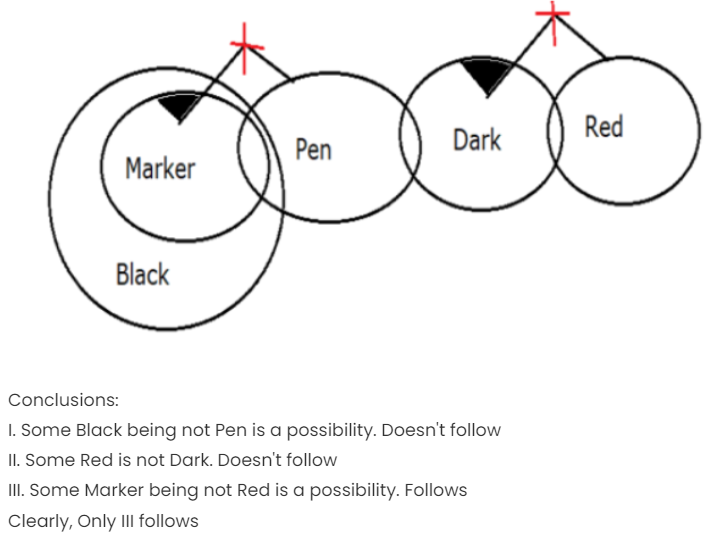 In this question given below some statements are followed by some conclusions. You have to consider every given statement as true. Read the Conclusion and decide which of the following conclusions can be derived.
Statements-
In this question given below some statements are followed by some conclusions. You have to consider every given statement as true. Read the Conclusion and decide which of the following conclusions can be derived.
Statements-
- All Jugs are Plates.
- All Plates are Glass.
- Only a few Glasses are Spoon.
- All glasses are spoon is a possibility.
- Some Plates are Glasses.
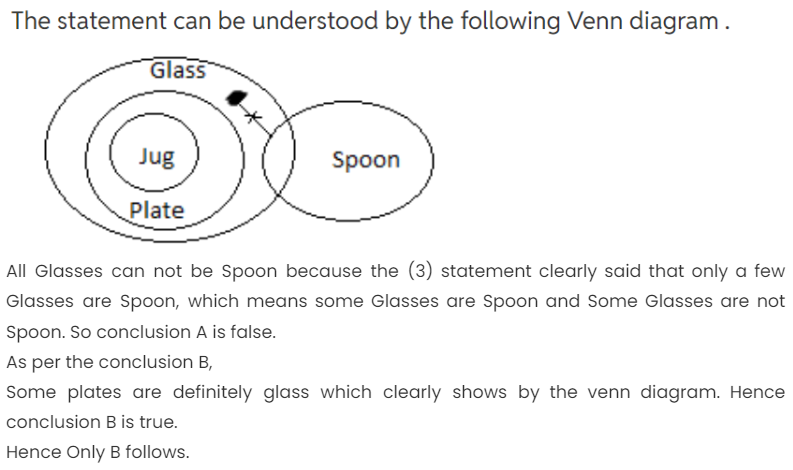 Directions:Below questions consist of some statements followed by some conclusions. Study the following information carefully and decide which of the following conclusions logically follows.
“A@B” means “Only a few A are B”.
“A%B” means “Some A are B”.
“A$B” means “No B is A”.
“A&B” means “All B are A”.
“A#B” means “Only B is A”.
Statement:
T @ Q $ S & R % P
Conclusions:
Directions:Below questions consist of some statements followed by some conclusions. Study the following information carefully and decide which of the following conclusions logically follows.
“A@B” means “Only a few A are B”.
“A%B” means “Some A are B”.
“A$B” means “No B is A”.
“A&B” means “All B are A”.
“A#B” means “Only B is A”.
Statement:
T @ Q $ S & R % P
Conclusions:
- Some T are not R.
- Some P are not Q is a possibility.
- Some T are S is not a possibility.
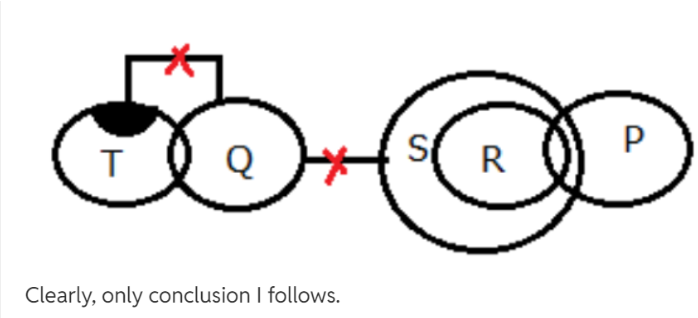 Directions: Below questions consist of some statements followed by some conclusions. Study the following information carefully and decide which of the following conclusions logically follows.
“A@B” means “Only a few A are B”.
“A%B” means “Some A are B”.
“A$B” means “No B is A”.
“A&B” means “All B are A”.
“A#B” means “Only B is A”.
Statement:
Y & P @ Z % Q $ S
Conclusions:
Directions: Below questions consist of some statements followed by some conclusions. Study the following information carefully and decide which of the following conclusions logically follows.
“A@B” means “Only a few A are B”.
“A%B” means “Some A are B”.
“A$B” means “No B is A”.
“A&B” means “All B are A”.
“A#B” means “Only B is A”.
Statement:
Y & P @ Z % Q $ S
Conclusions:
- Some Y are not Z.
- Some P are not S is a possibility.
- Some S being Z is not a possibility.
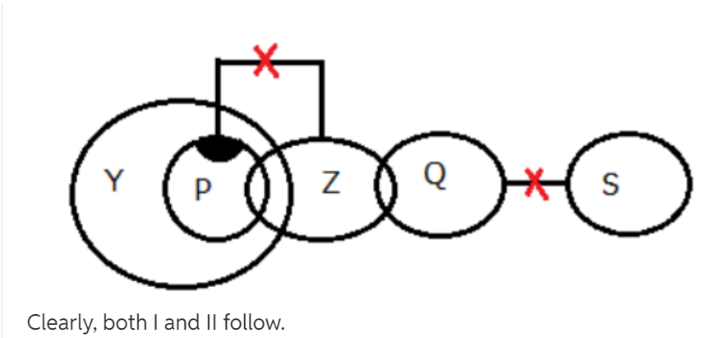
Tricks to Solve Syllogism Questions
- Diagramming : Draw Venn diagrams to visualize the statements. This makes it easier to see the relationships.
- Definite vs. Possible : Remember that a definite conclusion must be true in all possible scenarios. If a conclusion is false in even one scenario, it’s not a definite conclusion.
- Positive vs. Negative : If all statements are positive, any negative conclusion will be false, and vice versa.
- Complementary Pairs : For either-or cases, look for complementary pairs like “Some + No” or “All + Some not.”
Practice Questions
Below questions consist of some statements followed by some conclusions. Study the following information carefully and decide which of the following conclusions logically follows from the given statements disregarding the commonly known facts. Statements: Only a few Soda is Lassi. All Soda is Lime. Only a few Lassi is Milk. Some Milk is Curd. Conclusions:- Some Lime is not Lassi.
- Some Curd being Lassi is not a possibility.
- Some Soda can never be Curd.
- A few Questions may be Answer
- No Solution is Query
- No Cars are Bike
- All Planes are Bikes.
- No Planes are Jets.
- No Planes are Cars.
- No Cars are Jets .
- Some Black is not Green.
- Some Red is not white.
- Some Blue being not White is a possibility.
In each question below are given some statements followed by some conclusions numbered I, II, III and IV. You have to take the given statements to be true even if they seem to be at variance with commonly known facts. Read all the conclusions and then decide which of the given conclusions logically follows from the given statements, disregarding commonly known facts.
Statements:
- All A are B.
- No C are B.
- Some D are A.
Conclusions:
- Some B are D.
- Some D are not C.
- No A are C
- Some D are not A.
| Other Related Links | |
|---|---|
| Quadratic Equations | Number System |
| Vedic Maths | Pie Chart DI |
| Time and Work | Problem on Ages |
| Flow Chart DI | |
| Arithmetic DI | Permutation and Combination |
Syllogism FAQs
Q1. What is Syllogism?
Ans. Syllogism is a form of logical reasoning where you draw conclusions from given statements. These statements are assumed to be true, and based on them, you derive logical conclusions. It's an essential part of many competitive exams.
Q2. What are the different types of syllogism statements?
Ans. The main types of syllogism statements include: All A are B: Everything in group A is also in group B. No A are B: A and B are completely separate. Some A are B: Some parts of A are also parts of B. Some A are not B: Some parts of A are in B, but there are definitely parts of A that are not in B.
Q3. How can I solve syllogism questions effectively?
Ans. Here are some tips: Draw Venn diagrams to visualize the statements. Focus on definite conclusions that must be true in all scenarios. Remember complementary pairs like “Some + No” or “All + Some not” for either-or cases. Practice regularly to get familiar with different types of syllogism questions.
Q4. What is the difference between a definite and a possible conclusion?
Ans. A definite conclusion must be true in all possible scenarios based on the given statements. If a conclusion can be false in even one scenario, it is not a definite conclusion. Possible conclusions, on the other hand, are those that could be true but are not guaranteed to be true in all cases.
Q5. How do you approach either-or cases in syllogism questions?
Ans. In either-or cases, if two conclusions are each 50% true, you consider the either-or scenario. This means if one conclusion is true, the other cannot be. Look for complementary pairs to identify such cases. For example, if the given statements suggest that either "Some A are B" or "No A are B" must be true, then you have an either-or case.
🔥 Trending Blogs
Talk to a counsellorHave doubts? Our support team will be happy to assist you!

Free Learning Resources
PW Books
Notes (Class 10-12)
PW Study Materials
Notes (Class 6-9)
Ncert Solutions
Govt Exams
Class 6th to 12th Online Courses
Govt Job Exams Courses
UPSC Coaching
Defence Exam Coaching
Gate Exam Coaching
Other Exams
Know about Physics Wallah
Physics Wallah is an Indian edtech platform that provides accessible & comprehensive learning experiences to students from Class 6th to postgraduate level. We also provide extensive NCERT solutions, sample paper, NEET, JEE Mains, BITSAT previous year papers & more such resources to students. Physics Wallah also caters to over 3.5 million registered students and over 78 lakh+ Youtube subscribers with 4.8 rating on its app.
We Stand Out because
We provide students with intensive courses with India’s qualified & experienced faculties & mentors. PW strives to make the learning experience comprehensive and accessible for students of all sections of society. We believe in empowering every single student who couldn't dream of a good career in engineering and medical field earlier.
Our Key Focus Areas
Physics Wallah's main focus is to make the learning experience as economical as possible for all students. With our affordable courses like Lakshya, Udaan and Arjuna and many others, we have been able to provide a platform for lakhs of aspirants. From providing Chemistry, Maths, Physics formula to giving e-books of eminent authors like RD Sharma, RS Aggarwal and Lakhmir Singh, PW focuses on every single student's need for preparation.
What Makes Us Different
Physics Wallah strives to develop a comprehensive pedagogical structure for students, where they get a state-of-the-art learning experience with study material and resources. Apart from catering students preparing for JEE Mains and NEET, PW also provides study material for each state board like Uttar Pradesh, Bihar, and others
Copyright © 2025 Physicswallah Limited All rights reserved.
Get App


